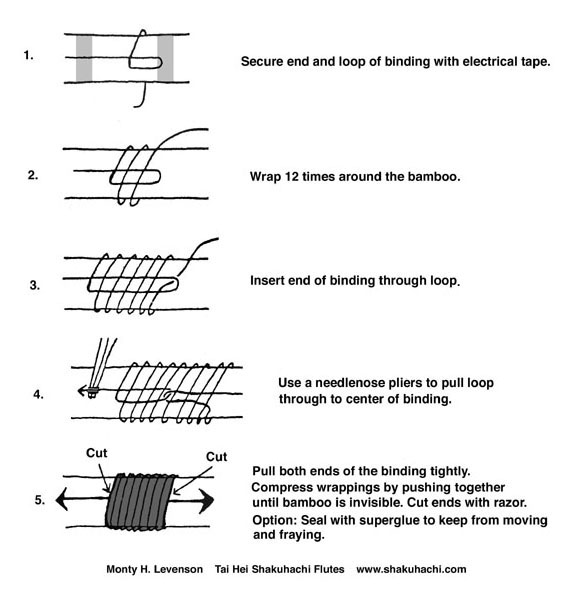Recently my inspiration for posts comes from questions from customers. Here's one that just came in today:
Whistle head slides too easily over the body. Makes it too simple to go out of tune while playing. Any suggestions?
The whistles ship with a fit that I consider plenty stiff for the way a whistle should be played. The mouth and the fingers are fairly light on the whistle so they can flit about while playing. The tighter you grip, the slower your movements will be, and the sooner you will tire.
That said, sometimes the whistle suffers some abuse and the joint gets deformed, making the fit too loose. Here are some things you can do to make the joint stiffer.
It's an interference fit, so causing more interference is the thing. If you squeeze the two mating sections between your fingers - squeeze one front to back and the other side to side - you can tighten up the joint.
You need to squeeze enough for the plastic to take a set, but don't mash the whistle. This can be made easier by dipping the joint in boiling hot water for several seconds, but be careful to not burn your fingers.
Another way would be to create a little flare on the lip of the inner, or body, section. Take a dowel, drink mixer, un-sharpened pencil, anything like that and while holding it in the top of the body at an angle and pressing such that it applies some force to the inner edge of the lip, rotate the body. This will flare the edge and cause the fit to be tighter.
When doing either of the above, start by doing less, and if it is not enough, increase the force until you achieve your goal. You can always do more, but you can't do less.
You can also paint on some clear fingernail polish, or lacquer. Anything to take up the space. Cork grease will take up the space, but it also lubricates, so it may not work for what you are trying to do.
You might get the result you want by wrapping a wet string or thread around the outer section of the joint a number of times. Then when the string dries it will tighten and squish the joint tighter. You would leave this string in place, so choose an attractive color, and consider wrapping so the ends are concealed within the wrappings. LIKE THIS.
Put the ends on the back of the whistle. If the joint is loose because it has taken some stress - I sometimes slip a whistle in my back pocket and forget it's there until I sit down - this may be the best option because the outer joint has been deformed a bit.
A nice stainless hose clamp will do the same thing, or a wire wrapped a time or two and twisted with pliers, but these will leave an unacceptable protrusion in my opinion.
Be creative! You know what needs to happen.
If you would rather, I'll be happy to tighten it up for you if you want to send it to me. I have some plugs and a heat gun that I can use to expand the inner section a little.
If you have this problem and effect a solution, post in the comments for this post so we can all benefit from your effort.














